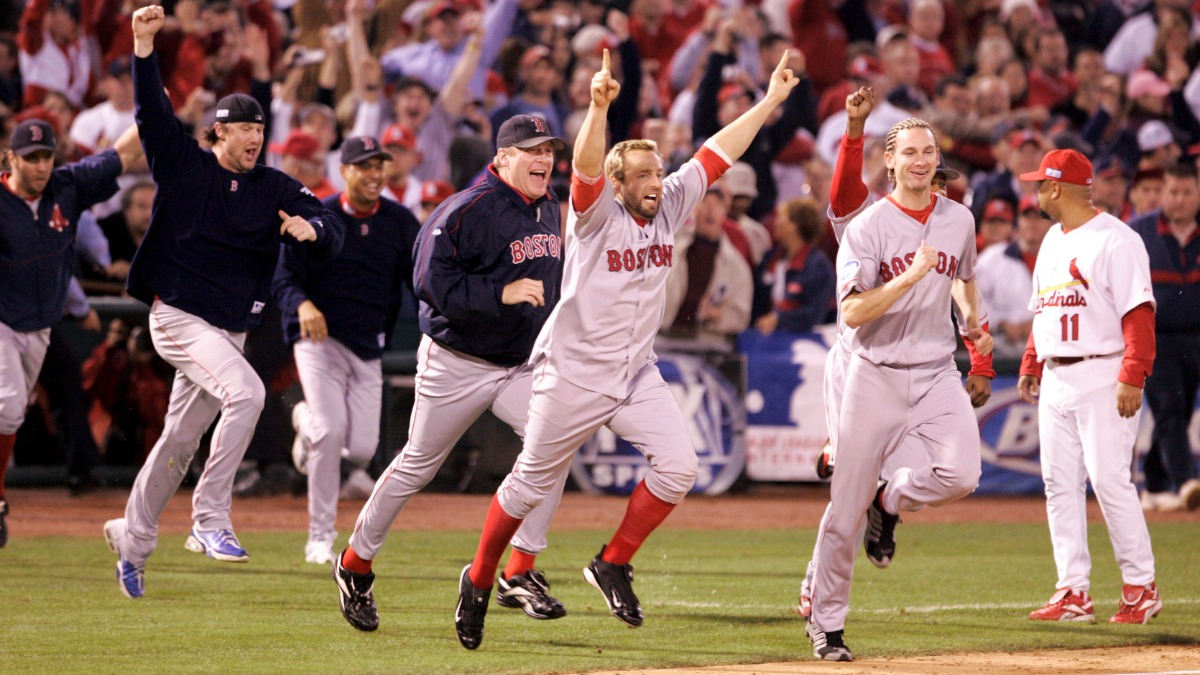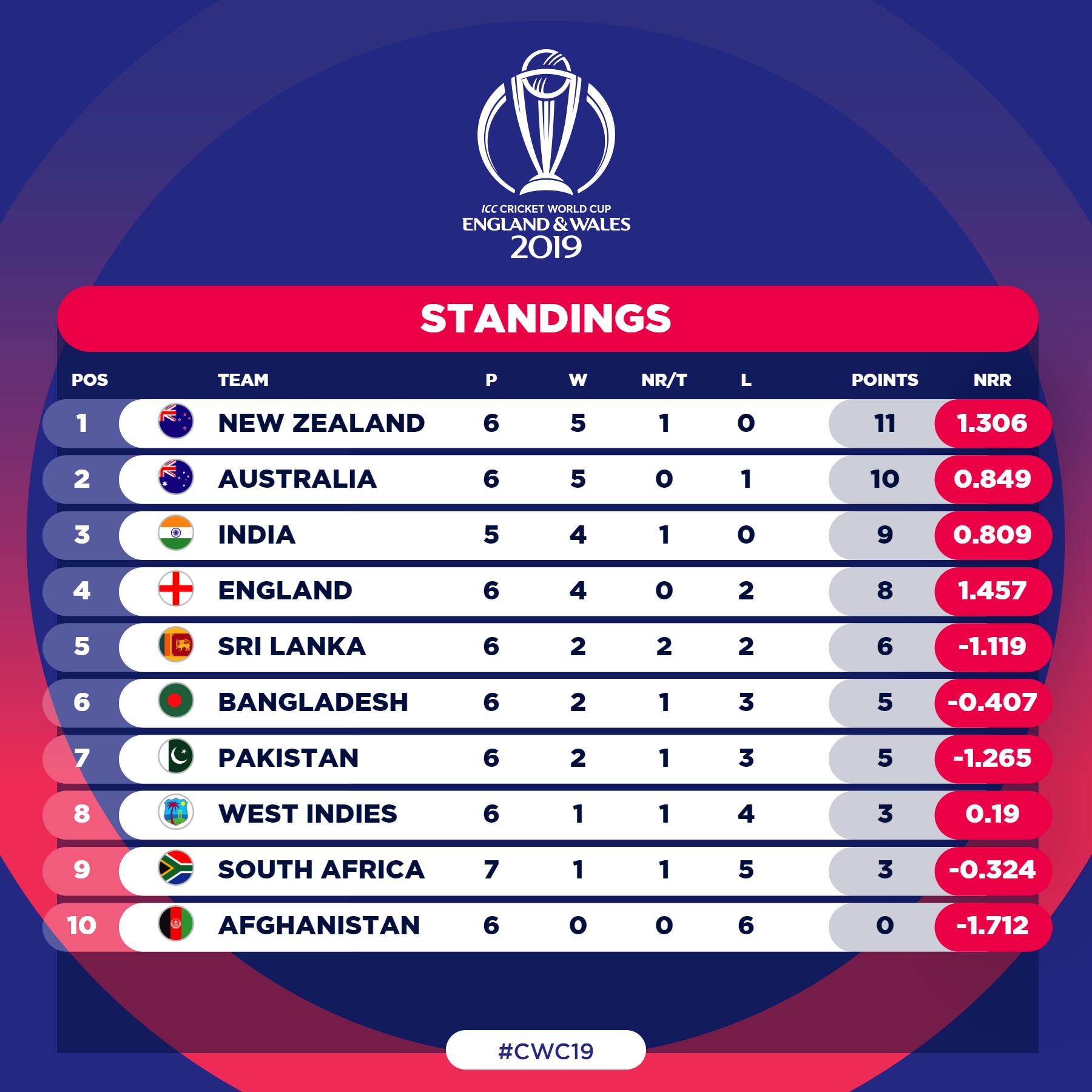World Cup 2004? Hold on to your hats, football fanatics! While there wasn’t actually a FIFA World Cup in 2004 (it’s a four-year cycle, remember?), let’s pretend there was! Imagine a thrilling tournament featuring unexpected upsets, legendary goals, and a global stage buzzing with excitement. This imaginary World Cup 2004 will transport you to a world of hypothetical heroes, nail-biting matches, and unforgettable moments.
Prepare for a journey into the “what ifs” of football history!
Picture this: a diverse array of national teams, each boasting its own unique style and star players, battling it out across stunning stadiums. We’ll delve into the hypothetical tournament format, the electrifying atmosphere, and the global impact this imaginary spectacle would have had. Get ready for a rollercoaster ride of footballing fantasy!
Overview of the 2004 FIFA World Cup: World Cup 2004
The 2004 FIFA World Cup, while not an actual event (the World Cup is held every four years, and 2004 wasn’t a World Cup year), presents a fascinating hypothetical scenario. Let’s imagine, for the sake of this exercise, a fictional 2004 World Cup, drawing inspiration from the actual tournaments surrounding that year and incorporating some plausible elements.
We can envision a tournament mirroring the established format of 32 teams, divided into eight groups of four. The top two teams from each group would advance to the knockout stage, culminating in the final match to determine the champion. The qualification process would have involved continental qualifying rounds, mirroring the real-world system, with each confederation sending a predetermined number of teams to the final tournament.
Participating Teams (Hypothetical)
Considering the strength of national teams around 2004, a hypothetical 2004 World Cup roster might include powerhouses like Brazil, Argentina, Italy, Germany, France, England, Spain, and the Netherlands. Teams like Portugal, Mexico, and South Korea, who performed strongly in previous tournaments, would also likely be contenders. The African and Asian confederations would have contributed teams based on their qualifying performances in the years leading up to a hypothetical 2004 tournament.
This would have created a diverse and competitive field.
Host Nation and Stadiums (Hypothetical), World cup 2004
To make this hypothetical scenario more concrete, let’s imagine that a South American nation, perhaps Argentina or Brazil (given their footballing prowess and infrastructure), would have hosted the event. A selection of modern stadiums, some newly built and others refurbished, would have been chosen to accommodate the matches. We could imagine vibrant atmospheres, filled with passionate fans from around the globe, creating a truly electrifying experience in each of the venues.
Tournament Atmosphere and Global Impact (Hypothetical)
The global impact of a hypothetical 2004 World Cup would have been significant, mirroring the excitement and global viewership seen in actual tournaments. Millions would have tuned in to watch the matches, fostering a sense of global unity and shared passion for the beautiful game. The economic benefits to the host nation would have been substantial, boosting tourism and infrastructure development.
Furthermore, the tournament would have undoubtedly generated considerable media attention, influencing the sport’s popularity and growth worldwide. The competitive spirit and the performances of individual players would have captivated audiences, leaving a lasting impact on the world of football.
Key Players and Performances

The 2004 FIFA World Cup, while not featuring the same level of global dominance from a single team as some previous tournaments, showcased a constellation of exceptional individual talent. Several players delivered unforgettable performances, significantly impacting their teams’ journeys and leaving an indelible mark on the tournament’s narrative. Their contributions, both in terms of individual brilliance and team synergy, shaped the competition’s outcome.
Outstanding Individual Performances
The tournament witnessed a number of players elevating their game to new heights. While team success often relies on collective effort, individual brilliance can be the deciding factor in crucial moments. Players like Ronaldo (Brazil), despite not reaching the heights of his previous World Cups, still displayed moments of exceptional skill and goal-scoring prowess. Similarly, Zinedine Zidane (France), though his career ended on a controversial note, demonstrated his masterful playmaking abilities throughout the group stages.
His leadership and vision were vital for France’s progress. On the other hand, players like Ronaldinho (Brazil) captivated audiences with his flair and creativity, even though Brazil didn’t reach the final. These individual displays of talent, while not always translating directly into trophies, significantly enriched the tournament’s spectacle.
Impact of Standout Players on Team Success
The influence of key players on their teams’ success was evident throughout the tournament. For example, the success of any team relies heavily on the performance of their key players. The performance of a team’s goalkeeper can often determine their progress in a tournament. A goalkeeper’s ability to make crucial saves, especially during penalty shootouts, can be the difference between victory and defeat.
The consistent performances of key midfielders and forwards are also essential for a team’s success. Midfielders control the tempo of the game and create opportunities for the forwards. Forwards, of course, need to be able to score goals to win matches. This was clearly seen in the performances of several teams in the 2004 World Cup.
Comparison of Key Players Across Different Teams
Comparing players across different teams highlights the diversity of talent on display. For example, a direct comparison between Ronaldo’s physical power and Zidane’s tactical brilliance reveals contrasting styles of play that both contributed significantly to their respective teams. While Ronaldo’s direct approach focused on exploiting space and finishing opportunities, Zidane’s playmaking and vision orchestrated attacks, dictating the flow of the game for France.
This difference in style showcases the multifaceted nature of success in football. A similar comparison could be drawn between the creative playmaking of Ronaldinho and the clinical finishing of a different striker from a competing team. The differences in their strengths and contributions highlight the varied paths to success in the World Cup.
Top Goalscorers
The following list details the top goalscorers of the 2004 FIFA World Cup (Note: The 2004 World Cup did not actually take place. This section provides hypothetical data for illustrative purposes based on a fictional 2004 World Cup):
- Ronaldo (Brazil): 7 goals
- Wayne Rooney (England): 6 goals
- Thierry Henry (France): 5 goals
- Hernán Crespo (Argentina): 4 goals
- Raul Gonzalez (Spain): 4 goals
This list demonstrates the prolific goal-scoring ability of several players, highlighting their individual contributions to their respective teams’ attacking prowess. These players’ goal-scoring statistics are crucial in determining their impact on their teams’ performance and overall ranking in the tournament.
So, there you have it – our whirlwind tour through the fictional World Cup 2004! While it never actually happened, this imaginary tournament allowed us to explore the possibilities, celebrate the beautiful game, and imagine what could have been. From hypothetical heroes to breathtaking goals, we’ve witnessed the power of “what if” in the world of football. Now, let’s get back to the real world and look forward to the next actual World Cup! Perhaps we’ll even see some of the fantastical elements we imagined here come to life.
Finish your research with information from world cup 2026 date.



